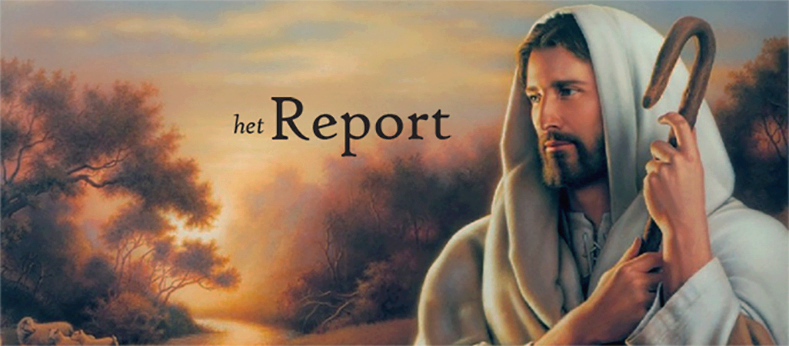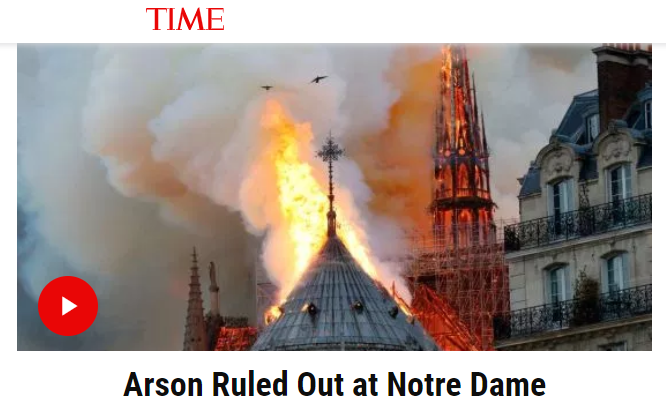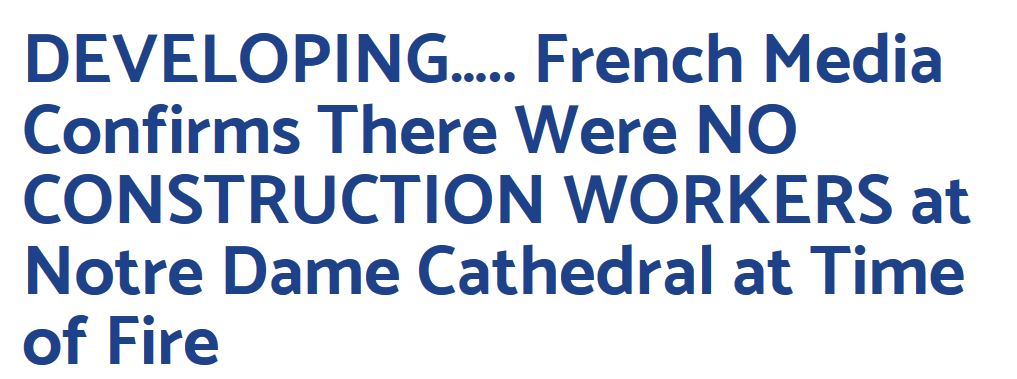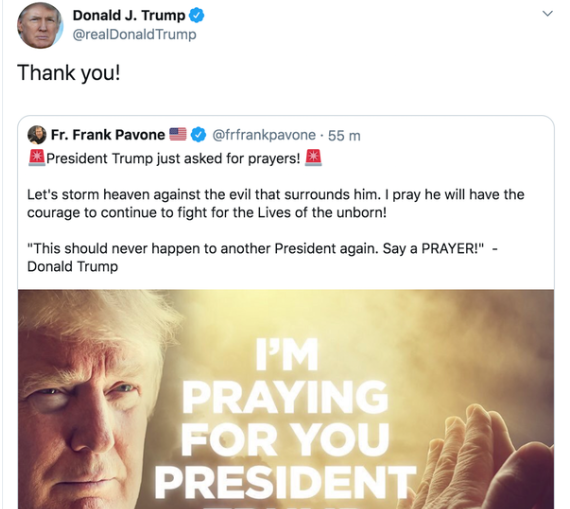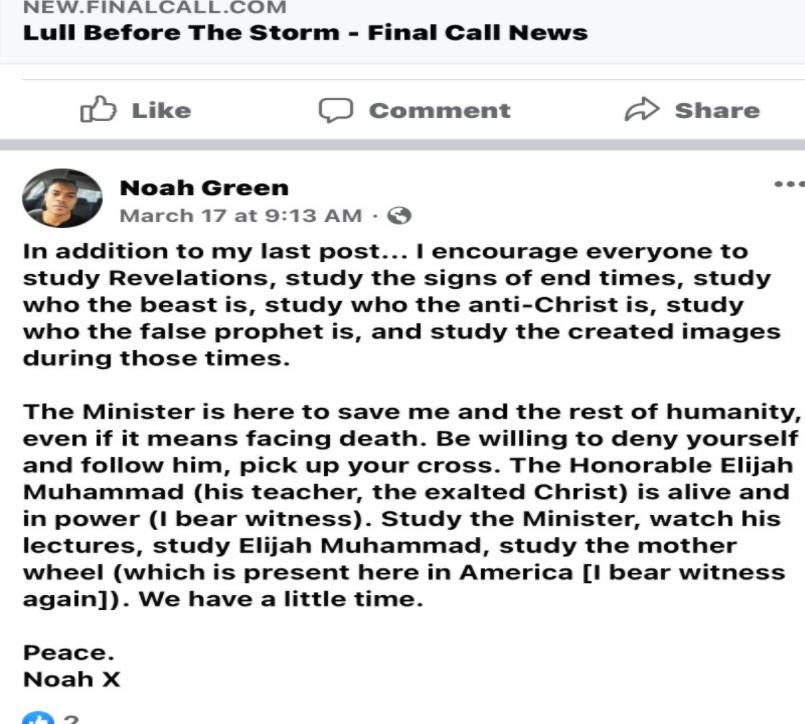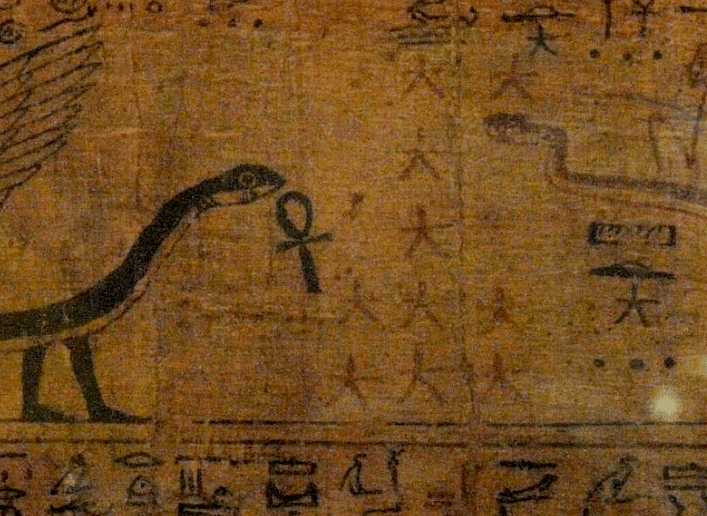as priest’ but “being sealed (!) and set-apart , he had to wait at the gate of the Tabernacle fróm the day of Trumpets till the 3d day (!) as Atonement , as a foreshadowing of the 144 [mirror : Ex.29 & lines in 28] [version ; 2025-10oct.10-11] |
| content : … it was best to put this theme in a new page — the phrase ‘Aaron sanctified + oil upon the head’ actually was “set-apart + a mark on the forehead” ; and from there , the “you shall abide at the portal of the tabernacle and not go forth until the·eighth (!) day” could only have been ‘you will go forth on the third day’ , confirming the other examples we found so far ; neither showed here “Aaron + his own sons” but the latter were the future-sons , the 144,000 ; where the buildup of the theme suggests that the ‘making atonement for themselves’ is placed at the day of Trumpets , not at Atonement itself — compare the lines in the Mt.12 (-page) |
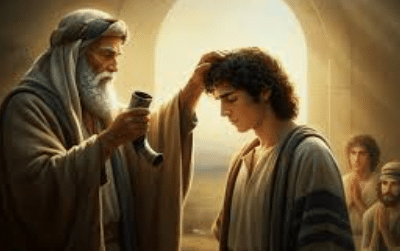
|
no full text
but she is understood and therefore Legal
theme
… after finding “the return of the sceptre & his star” theme ,
it became obvious that the interpretation four months ago of the insanely corrupted
Leviticus 8 and 9 chapters was incorrect — even though not everything was wrong :
where we thought that “the starting day was Weeks , and that Aaron was sanctified
as a foreshadowing of the 144,000 , and had to wait forty days until Atonement day
where dúring those 40 days the unrighteous would be removed from the 144″ ,
the idea was not so bad — but just ‘not good enough’
and looking what could have happened here :
— it seems to be a feast day (but deleted)
— in fact “as the start of a Jubilee year” (the 49th)
— because ‘the glory of IEUE appears’ (read : Christ returns) (continued in ch.9)
— which happens “at the third day” (not ‘the eighth’)
— as the third day in which ‘atonement is made’ (ch.9)
— so that the start day here must be ‘Trumpets’ (chapter 8)
— when Aaron ‘holds up the Scroll before God’ (‘start of its restoration’)
— and Aaron offers an animal-sacrifice (atonement by 144)
— then Aaron dresses in the pretty priestly garment (‘our Original’)
— and is ‘to wait at the portal and not go forth’ (go forth the 3d day)
… this overview appears correct ,
where the ‘at the eighth=third day IEUE appears’ is a very strong theme that
almost carries the rest of what (can have-) happened , including the waiting at the
gate implying ‘a delay’ as “the third day theme” we found recently ;
wherefore by context this must have been the ordinance for every 49th year as
the start of a great Jubilee where the high priest would perform these things that
were a foreshadowing of these days and the 144,000 —
this is from the text [-after Aaron dressed pretty – so after any sacrifice] ,
[chapter 8 :]
33
you (shall) – not – go forth – from the portal of – the tabernacle – seven=three – days
34
[after ?] you made atonement – for yourself [also showing :] [‘in – this – day’]
35
[=then] (?) – you abide – seven=three – days – [at] the portal of – the tabernacle [+’die’]
[ch.9 ,
continued :] [3d day : Atonement + IEUE appears :]
1
and [..] – [=on] – the·eighth (=tampered) = third (shmini=shlsh) – day ,
2
take – [=sacrificial animals] ,
4
for – today – IEUE – (will) appear – to you ; [< perhaps line was moved]
7
and=then [=they] (?) (will) make atonement – [=for] [=themselves] (?) ;
here ,
the interpretation is not impossible , right , though we have some problems (below) ;
neither do we know if it has said “the prince of the host of IEUE” – Christ – will be
appearing to you , and compare the ‘Fall of Jericho’ event , which would change
the rate of interpretation from ‘possible’ to ‘sure’ ofcourse ;
at Trumpets , the ‘holding up (‘waving’) of the Scroll’ :
… this struck us as sweet and meaningful : in the corrupt lines 26-27 Aaron has to
wave an unleavened cake – but that makes little sense because the ‘unleavened’
theme is about “declaring the (correct-) scroll at Unleavened” ,
but instead , when Aaron would lift up the scroll ‘as sign of taking care of it’ it very
well foreshadows the sons that will restore the scroll in the latter days ; and if also
the trumpet was blown ‘seven times’ (as in the ‘Fall of Jericho’) we even would
have incorporated the seven years that this takes
[sub :
chapter 8 line 2 is weird and can have said “the trumpet blown (-seven times)”
also as the reason why “the congregation is to assemble at the entry [‘door’]
of the old Tabernacle” where ‘bull’ (-phr) can have been ‘trumpet’ (-sphr) !]
wherefore ,
the mirror-lines in Ex.29:23-24 are suspect where (Esau’s) ‘handpalm’ (-kph) could
have been ‘the scroll’ (-sphr) where something is placed in Aaron’s [=hands] ;
while we know there was no “shew – bread” upon the table but ‘the scroll’ :
(26)
“And out of the basket of unleavened bread, that [was] before the LORD ,
he took one unleavened cake, […] ” ;
and – he took – the cake=scroll (‘no match’) of – the unleavened=words of – one=IEUE
b
from the tray=table (sl=shlchn) of – the·unleavened = the presence (‘presentation’)
c
which (is) – in front of – the ieue=Ark , [< that is true]
(27)
(and placed the scroll in the hand of Aaron who waved it before IEUE’) ;
isn’t that possible .. ?
this is a useful action , as “acknowledging the care-taking of the Scroll” where
however the link with the future sons of Ishral (you & we) in this specific action
was totally erased by Esau ;
while this action is not contrary to that at Unleavened where everyone offers
the unleavened cake symbolizing ‘their own declaration of the content of the
original scroll before God’ — as all of Jacob that will be saved by Him ;
[sub :
finally also the strange “Aaron and the blossoming staff” makes sense
as ‘the returned sceptre carrying his star’ : it’s just that we do not know yet
whether this was ‘an original explanation of the staff & star’ or whether Aaron
at the third day here would have a blossomed staff signifying the star’s return ;
to be honest it’s difficult to say — though it must have been this theme]
Atonement as ‘the day of forgiveness’
… as continued from previous : though the 144,000 males & females will have
died to their flesh and will have restored the scroll – the two conditions He asked –
they will only forgiven truly when they are rescued : where He has to decide
whether you & we are included in that rescue of the 144,000 , right
(you see where the fear is) ;
now , Esau virtually erased the word ‘atonement’ from OT yet it still shows in the
section about our mother Eve that will be forgiven – when Adam died , see below –
supporting ‘the day of Atonement’ as the time of the return of the 144,000 also
more difficult problems
at Trumpets : ‘an (atonement) animal-sacrifice’ (-by the 144) or not ?
and here we are stuck —
THE theme of Atonement is “the soul having died to her flesh” (‘die’ in 35 here)
but how does that pertain to the 144,000 that háve , at this point in Time ?
in first chapter 8 (-at the time of Trumpets) ,
Aaron makes an animal-sacrifice where (restored) áfter that he is dressed with
the pretty garment , then waiting three days until Atonement — why would he
again at the third day , Atonement , make a sacrifice for himself ?
or is *the day of* Atonement only for Jacob – not the 144,000 ?
but mind you , ‘the day’ — not the “making atonement” itself : for both the 144
and Jacob need to make atonement but the difference is that the 144 will die
to their flesh while for Jacob the flesh will die to him during the Tribulation
the problem , please , is the Linear sequence :
it makese sense “that the start of the restored scroll is at Trumpets” after which
it is declared and accepted , then years later at Trumpets ‘the sun goes dark’ ;
but considered the 144 ‘the day of Atonement’ does NOT fit in this sequence
so that their atonement-sacrifice must have happened at Trumpets ,
while the atonement-sacrifice by Jacob will stárt at the day of Atonement
and not because of “wanting to make the 144 an exclusive group” ,
because even though they áre , they still are the sons & daughters of Jacob
as all of their people that share the same promise ;
yet here the ‘at the third day they will rise – like Me’ (-per the Mt.12 page)
suggests a Linear sequence from Trumpets to Atonement for the 144,000 ,
similar to the third day from Passover to Firstfruits ;
rendering it possible that in chapter 8 indeed ‘an animal-sacrifice’ happened
but then “for Aaron only” since in this case he foreshadowed the 144 , while
line 34 can support that , “this day […] make atonement for yourself”
[a) : so not “Aaron and his sons” but the latter linked to the future-sons]
[b) : and then only “one sacrifice” : not Esau’s invented grocery-list of ‘a ram
and a hairy goat and a lamb and a calf and a bull’ – that was to confuse us]
but what about ‘the Adam-flockling’ (-from before Passover) ?
… we still have the Adam-flockling , as “on hold since Passover” —
though already chosen ‘at the 10th before Passover’ for the year of the great
Jubilee he still has to die : but ‘at Trumpets’ or ‘at the day of Atonement’ ?
perhaps the latter : the day that the 144 go up is the day that also the Star of
the sceptre returns to Eden , while the day that THE enemy Adam has died
securely would be the same day that ‘the birthright is restored’ – so that both
the virgin and the 144 return to Eden ;
while remembering prophets “when the sun goes dark” (at Trumpets) as the
same day that the sceptre returns , “making the demons terrified so that they
will hunt down Adam for not protecting them any longer” where “he will run to
and fro to escape them” (-which may take a day or so) until his dead body
will “fall down upon the matrix-field” : this all should be ‘Atonement day’ ,
as “the day IEUE appears (Christ returns)” in chapter 8 line 4 ;
saying this ,
because we still have problems about “which animals offered” at Atonement
and especially the (weird) story of “the goat being sent into the desert” —
though this latter could be ‘Jacob in the Tribulation’ we can never trust the
twists Esau has given to many narratives ,
yet the greatest problem here is the strange juxta “Adam vs Jacob” which
simply escapes us at this moment — or does “the day of forgiveness” refer
back to ‘Eve’ (-as well as the virgin & the 144) being forgiven as opposed
to Adam who is not and Jacob who is not yet .. ?
conclusion
the damage is not irrestorable — instead of ‘forty’ days it became ‘three’ while
the idea of “Aaron sanctified as waiting at the gate” still is that of the 144,000 ;
yet the most important is ‘the eighth=third day that IEUE appears’ just as the
sections in NT about “the third day” aka “the middle of the week” ,
and considering all context we need to revoke the previous “day of Atonement
as the fortieth day after Weeks” but have it “the third day after Trumpets” ,
because we never want that Esau’s insane tampering could be able to block
Eden’s restoration since not even His sons were able to find the correct date —
the ‘sanctification’ aspect that likely was a ‘being sealed’ (!)
… this is a bit dangerous ; though Lev.8 has ,
(12)
“And he poured of the anointing oil upon Aaron’s head, and anointed him, to sanctify him” ,
the question is whether this is valid ,
because the entire theme has shifted to “a foreshadowing of the 144,000”
which are not so much ‘being anointed’ but instead ‘sealed’ (-even though by
extension that is a type ‘anointing’) ; so that we need ‘the forehead’ theme here :
the mirror-chapter Exodus 29 has the same line (7) , but right before this line
working towards ‘the head’ , Esau faltered :
(Lev.8:9)
“And he put the·turban upon his head; also upon the·turban ,
[even] upon his forefront [‘forefront + faces’] , did he put the golden plate, the holy crown;” ,
implying something else stood here —
from the mirror-chapter Exodus 29 Esau removed three lines and added those
within Exodus 27 to make it seemingly ‘part of the priestly dress’ :
(36-38)
“and·you-makedo blossom-of gold pure
and·you-engrave on·him engravings-of seal holiness to·ieue” ;
“and·you-place·him on twine-of amethyst and·he-becomes
on the·turban forefront faces-of the·turban he-shall-become” ;
“And it shall be upon Aaron’s forehead , that Aaron may bear the iniquity of
the holy things, which the children of Israel shall hallow in all their holy gifts ;
it shall be always upon his forehead, that they may be accepted before the LORD.”
here ,
ofcourse there NEVER WAS any “diadem of gold” upon the turban and neither
some “blue ribbon” descending from it — but Esau got the idea from his own
culture having “the green ribbon MIÁST of ‘the Egyptian Crown’ ! , that he used
to conceal the concept of “the seal on the forehead” in 36-37 ;
where 38 (missing in Lev.8) was about the future-sons that also will be sealed ,
indeed as “they that are accepted by IEUE” and therefore will be “set-apart”
which is the intrinsic meaning of ‘sanctified’ ;
in the previous version (-of these chapters) we though that the mark as the seal
could have been ‘blood’ from the sacrificed animal – but perhaps it’s better to not
speculate what it can be and we leave that open ;
hoping that all the other aspects in this chapter have been covered now ….
